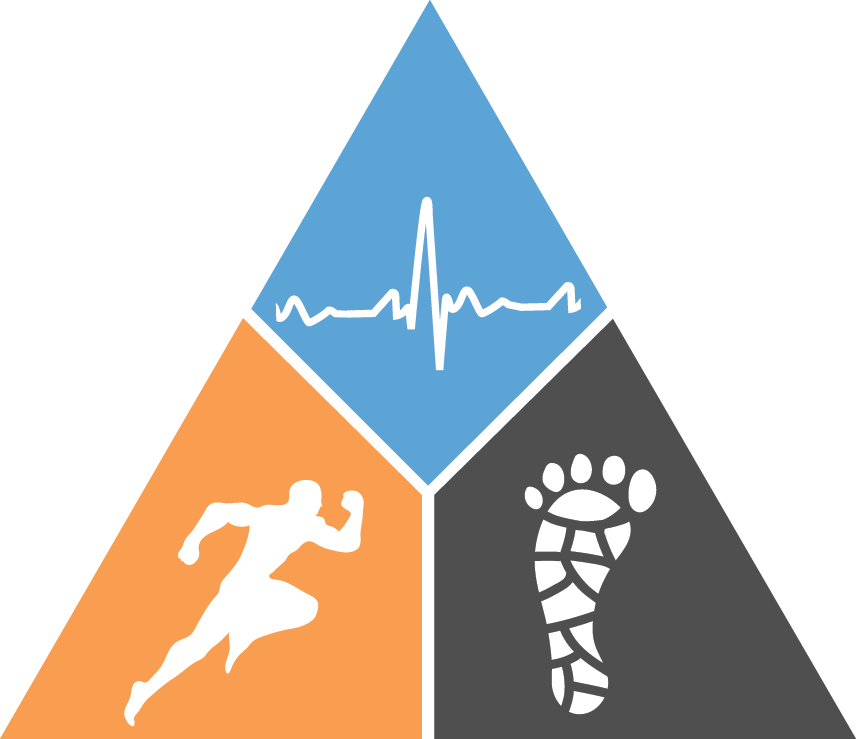Shin Splints
What are Shin Splints?
If you're feeling some pain in your lower legs, particularly along your shins, it may be a case of shin splints. These can occur when the muscles and tissue around your shin bone become inflamed – often from overdoing it. Shin splints happen when folks ramp up their workout routines too quickly. All that extra strain on the muscles, tendons, and bones can lead to pain and discomfort.
Shin splints can be a real pain in the shin bone (tibia) – literally! They're often seen in runners, dancers, and folks in the military who put a lot of stress on their lower legs.
The good news is that with proper care, Shin splints (or medial tibial stress syndrome) usually get better within a few months and shouldn't cause any long-term issues. It's important to catch it early and make sure you get the right treatment to start feeling better as soon as possible.
Shin Splints Symptoms
Experiencing pain on the inside of your lower leg along the shin bone (tibia) may indicate you have shin splints. Typically, the pain is more intense at the beginning and end of your workout but eases up during physical activity. However, as the condition worsens, you may feel discomfort even when resting or moving.
Additional symptoms to look out for include:
- Slight swelling around the affected area
- Increased tenderness and soreness when touched
- Dull, persistent ache
It's important to
consult a podiatrist, Pinnacle Podiatry, as other conditions can present similar symptoms.
Shin Splint Causes
Shin splints tend to flare up when you make sudden changes to your physical routine. Whether you're ramping up the frequency, duration, or intensity of your workouts, these changes can lead to shin splints. Factors like having
flat feet, wearing improper footwear, or engaging in high-impact activities like running can also increase your risk of developing shin splints.
People who are most at risk for shin splints are usually runners, dancers, or military recruits. So, if you fall into one of those categories, make sure to keep an eye out for any signs of shin splints.
It's important to listen to your body and take care of your shins if you start to feel any discomfort. Ignoring shin splint pain and continuing with the same activities could make the issue worse in the long run. So, remember to give your muscles and bones some TLC to avoid any unnecessary pain and discomfort.
Shin Splints Treatment
If you're looking for podiatry treatment for shin splints, consider consulting with a podiatrist. Pinnacle Podiatry can offer solutions such as strapping, stretching exercises,
orthotics, and footwear recommendations to address the root cause of your shin splints.
Here are some tips on how to treat a shin splint at home:
- Resting is key to easing the pain of shin splints. Make sure to take breaks and avoid activities that cause discomfort.
- Applying an icepack to the affected area for about 15-20 minutes, multiple times a day, can help reduce inflammation.
- Over-the-counter anti-inflammatory pain relief like ibuprofen or aspirin can also provide some relief.
When you're ready to return to exercise, remember to:
- Gradually increase your workout intensity over a few weeks.
- Stick to soft, level surfaces for running.
- Wear supportive shoes and consider using insoles for arch support.
- Participate in low impact activities like swimming and cycling.
Remember to listen to your body and gradually build back up to your regular exercise routine to avoid re-injury. It's important to address the cause of your shin splints early on to ensure a smooth recovery process.
Shin Splint Prevention
Here are some tips to help prevent shin splints:
- It's a good idea to analyse your movement. A formal video analysis of your running technique can be beneficial in identifying any movement patterns that may be contributing to shin splints. Making slight adjustments to your running form can help reduce the risk of developing this painful condition.
- Avoid overdoing it. Doing too much high-impact activity, especially at a high intensity and for long periods, can put too much strain on your shins and lead to shin splints.
- Make sure you're wearing the right shoes. If you're a runner, be sure to replace your shoes every 350 to 500 miles to ensure proper support and cushioning for your feet.
- Consider using arch supports. Arch supports can be helpful in preventing shin splint pain, especially if you have flat arches that may not provide enough support for your feet.
- To lessen the impact on your shins, try cross-training with lower-impact activities such as swimming, walking, or biking. Be sure to start slowly and gradually increase the intensity and duration of your workouts.
FAQS
Here are answers to some common questions about shin splints.
-
How long do shin splints last?
The good news is that with proper care, shin splints typically improve within a few months and shouldn't cause long-term problems. It's crucial to address the issue early on and seek the appropriate treatment to start feeling better sooner rather than later.
-
How to get rid of shin splints?
Want to know how to treat shin splints at home? Here are some friendly tips to help you feel better at home:
- First off, remember to give yourself some rest to ease the pain. Taking breaks and avoiding activities that hurt can make a big difference.
- Try applying an icepack to your shin for about 15-20 minutes a few times a day. This can help with any inflammation and reduce discomfort.
- You can also consider using over-the-counter anti-inflammatory pain relief like ibuprofen or aspirin to get some relief from the pain.
Take care of yourself and feel better soon!
-
How to prevent shin splints?
Here are some friendly tips to help prevent shin splints: avoid overexertion, wear the right shoes, use arch supports if needed, and try lower-impact activities like swimming, walking, or biking. Take it easy and gradually increase the intensity of your workouts for shin-splint-free fun!
-
What causes shin splints?
The pain from shin splints comes from overworking the muscles and bone tissue in your lower legs. This can happen when you push yourself too hard too quickly, or when your foot lands on the ground at an awkward angle while running. Running on uneven or hard surfaces and wearing shoes without proper support can also contribute to shin splints.

